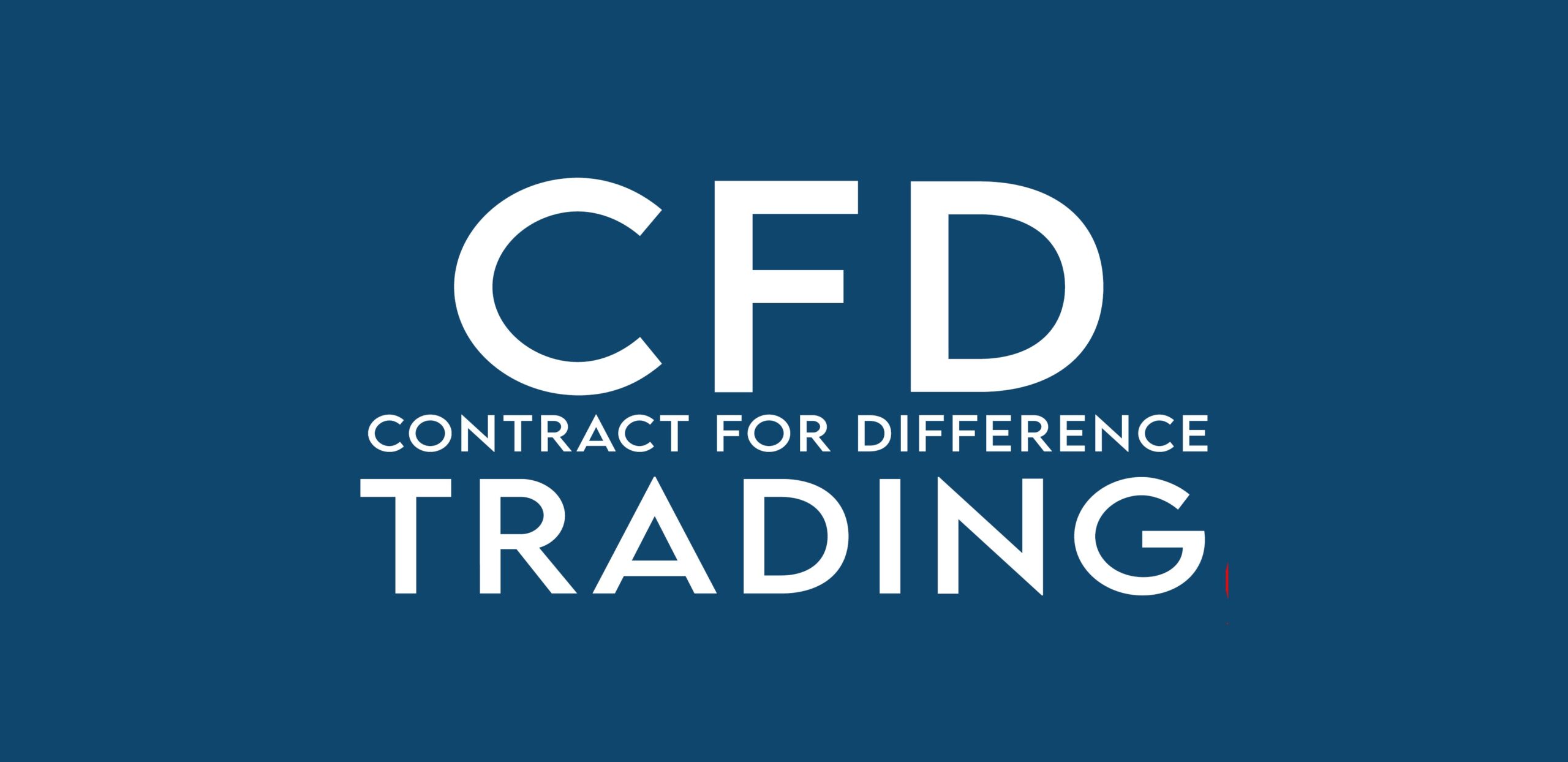The Power of Knowledge: How to Make Informed Decisions in CFD Trading

As fortunes swiftly shift in the landscape of online trading, the significance of knowledge reigns supreme. Astute traders recognize that well-informed choices are the bedrock of lucrative trading ventures. This discourse illuminates the pivotal role of acquiring and implementing knowledge in CFD trading, furnishing individuals with the requisite arsenal to maneuver the markets confidently. Traders can optimize their decision-making processes by participating in ongoing education and remaining current on market dynamics, asset classes, industry trends, and technical analysis. By embracing a proactive approach to teaching and adaptation, traders can navigate the complexities of trading CFD online with finesse, propelling their endeavors toward success.
Understanding Market Dynamics
Understanding market dynamics is crucial to trading CFDs and making wise judgments. Traders must grasp the intricacies of industry forces, encompassing many factors influencing asset prices. These factors include economic indicators, geopolitical events, and market sentiment. By closely monitoring these variables, traders can anticipate price movements and adapt their strategies accordingly. Moreover, staying vigilant allows traders to identify emerging trends and seize opportunities for profitable trades. A comprehensive understanding of market dynamics empowers traders to navigate the ever-changing landscape of CFD trading with confidence and precision. It is a foundation for developing effective trading strategies that align with market conditions and objectives. Mastering market dynamics is crucial for achieving success and maximizing returns in CFD trading.
Researching Asset Classes
Conducting thorough research into various asset classes is pivotal for success in diversified investment strategies. Diversification is a cornerstone for maximizing returns and mitigating risks in investment portfolios. By allocating funds across a spectrum of asset classes, investors can hedge against volatility and capitalize on diverse market opportunities. However, achieving adequate diversification necessitates meticulously examining each asset class’s unique attributes and risk profiles. Whether delving into stocks, commodities, currencies, or indices, prudent investors understand the importance of conducting comprehensive due diligence prior to initiating investments. This entails analyzing historical performance, evaluating industry trends, and assessing macroeconomic indicators to ascertain potential returns and associated risks. Moreover, staying abreast of market dynamics and regulatory developments enables investors to make informed decisions regarding asset allocation and portfolio rebalancing.
Staying Abreast of Industry Trends
Remaining informed about industry trends is imperative for maintaining a competitive edge in the dynamic investment landscape. Staying attuned to the latest developments in technology, regulation, and investment strategies is crucial for anticipating market shifts and seizing lucrative opportunities. This entails actively engaging with financial news sources, participating in webinars, and fostering connections with fellow investors to exchange insights and perspectives. By immersing themselves in industry discourse and networking with peers, astute investors can glean invaluable knowledge to inform their decision-making processes. Furthermore, embracing a proactive approach to staying abreast of industry trends enables investors to adapt swiftly to changing market conditions and position themselves for success. Eventually, staying ahead of the curve in the ever-evolving world of investments requires pursuing industry expertise and a commitment to lifelong learning.
Utilizing Technical Analysis
Employing technical analysis complements fundamental analysis by offering a distinct perspective on asset valuation. Unlike fundamental analysis, which delves into the underlying economic factors influencing asset prices, technical analysis scrutinizes historical price movements and patterns. Investors can more accurately determine when to buy and sell by examining price charts and using technical indicators. Nonetheless, it is imperative to recognize that technical analysis is just one facet of the investor’s toolkit and should be integrated with other analytical methodologies for comprehensive decision-making. Adopting a comprehensive approach to analysis enables investors to take advantage of each method’s advantages while minimizing its drawbacks. By integrating technical analysis into their investment strategies, investors can enhance their ability to identify market trends, anticipate price movements, and optimize their trading outcomes. Ultimately, utilizing technical analysis alongside other analytical tools enables investors to make more informed and strategic investment decisions.
Continuous Learning and Adaptation
Navigating the dynamic landscape of investment demands a proactive approach to learning and adaptation. Market conditions and trends undergo perpetual shifts, rendering today’s strategies obsolete tomorrow. Hence, traders must embrace a mindset of continual learning and evolution. Remaining curious, receptive to new ideas, and leveraging insights gained from triumphs and setbacks enable traders to hone their expertise and refine their methodologies. By perpetually refining their skills and strategies, investors can maintain a competitive edge and effectively navigate the ever-changing terrain of investment. Adopting a culture of continuous improvement enables traders to succeed over the long term in the fast-paced world of finance by anticipating market changes and seizing new opportunities. Trading CFD online, understanding market dynamics, researching asset classes, staying abreast of industry trends, utilizing technical analysis, and accepting lifelong learning and adaptation enable traders to make wise choices that increase their chances of success. So, traders should equip themselves with the knowledge needed to thrive in trading CFDs online and take their trading journey to new heights.







